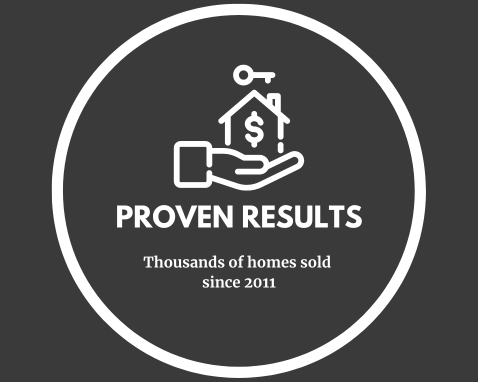Written By: Holli McCray
Earth Day was founded in 1970 as a day of education that is focused on environmental issues. Every year on April 22, when Earth Day is celebrated, people around the world mobilize to call for greater protection for our planet. Now a global celebration, it is sometimes extended into Earth Week, a full seven days of events focused on green living. This year, Earth Day will celebrate its 50th anniversary with the theme of climate action. Climate change is a challenge that faces the future of humanity and the life-support systems that make our world habitable. That said, there’s so much you can do to help protect and restore our planet. Here are a few ways you can make eco-friendly choices in your own home…
Saving Water
One of the easiest changes you can make at home is saving water. Your momma probably told you a hundred times, but you know what—she was right! Turning off the water when you brush your teeth can save up to 200 gallons of water per month. The average American washes his or her hands nearly 9 times per day. If you follow guidelines to scrub your hands with soap for at least 20 seconds, you could save at least 6 gallons per day by turning off the tap while you scrub. Did you know a bath typically uses up to 30 gallons of water? However, a five-minute shower will use only 10-25 gallons depending on the efficiency of the showerhead. We love these shower timers from Dretec that remind you when it’s time to turn the water off.
Saving Energy
Did you know you can light your home using the same amount of light for less money? An average household dedicates about 5% of its energy budget to lighting. Switching to energy-efficient lighting is one of the easiest and fastest ways to cut your energy bills. By replacing your bulbs with models that have earned an Energy Star rating (for example – LED lighting), you shave hundreds off of your electricity bill each year! Find out which bulbs are right for you with this guide.
Another more comprehensive way to save energy at home is by installing solar panels. Solar panels provide completely clean electricity that can also produce extra energy that you can sell back to your local utility company. Solar panels are considered a long-term investment, generally taking around 20 years to break even depending on where you live. However, it is not just a monetary investment – it’s an opportunity to make a real difference. Since there are so many solar panel installation companies to choose from, we recommend perusing online reviews to see what other solar panel installers have to say. To see some of the latest innovations in solar energy, check out what Tesla is offering.
Going Green in the Home
Using harsh chemicals to clean your home can be very destructive to the environment. It can be easy to forget that all drains eventually lead to somewhere. Today, there are many eco-friendly cleaners available on the market. Did you know that most of the time, natural, eco-friendly simple cleaning products (and their ingredients like baking soda, vinegar, lemon juice, water, or Borax) can handle most of your household cleaning needs AND save you money? T his article from Hip2Save shares some surprising news about top-selling cleaners and their eco-friendly counterparts.
Another way to make smart choices at home is to choose recycled products such as recycled paper towels and toilet paper. Whenever you notice that there is a recycled option available to buy, it’s worth purchasing. Buying recycled-content paper and products help “close the recycling loop.” By purchasing products with recycled content you prevent those materials from ending up in a landfill and do your part to maintain consumer demand for recyclables, ensuring the continuation of recycling programs. You can read more about Knoxville’s recycling programs here. So the next time you go shopping, remember to bring your bags with you and use your consumer power to make greener choices.
Going Green in the Garden
Composting may seem like a dirty word, but it’s easier than you might think. Composting not only reduces trash in landfills but also improves your backyard at home. According to the Environmental Protection Agency (EPA), “compost is organic material that can be added to soil to help plants grow.” That means bigger produce, prettier flowers, and a healthier garden can come at no extra cost to you once you start saving your family’s scraps and turning them into “plant food.” This guide from Good Housekeeping walks you through the composting process.
Plant a Tree
Trees give off oxygen that we need to breathe. They reduce the amount of stormwater runoff, which reduces erosion and pollution in our waterways and may reduce the effects of flooding. Many species of wildlife depend on trees for their habitat. They also provide food, protection, and homes for many birds and mammals. The best time of year to plant trees in your yard is Fall and early Spring. If you are planting in the late spring (after Earth Day) or summer, we recommend planting in a pot where you can tend it, and plant it in the ground the following fall. Here’s a step-by-step guide for planting trees.
Since 2007, the Tennessee Tree Project has helped reforest our great state by facilitating the planting of 637,100 native trees in Tennessee. Each year they host a community tree planting event called Tennessee Tree Day.
Going Beyond Reduce, Reuse, Recycle
It’s going to take all of us working together to make a real difference for our planet. But making little changes every day can add up and have a positive impact. Take the next step to get involved by finding an Earth Day event near you and participating in Earth Hour.



